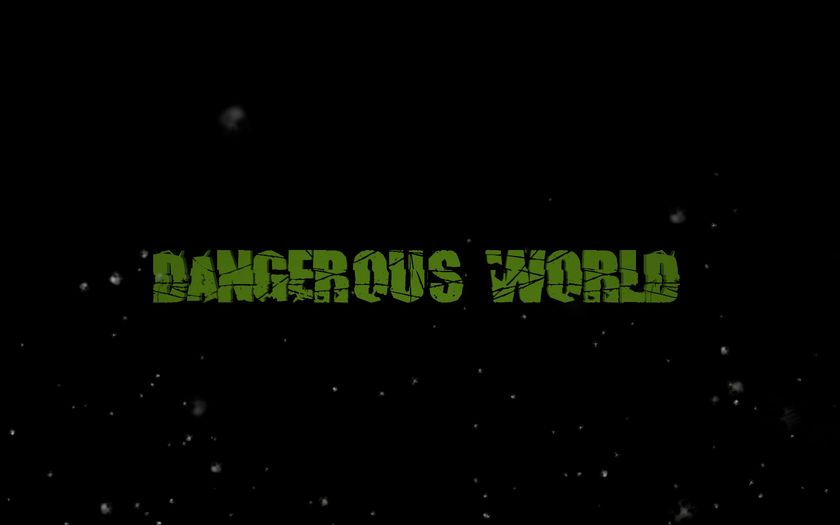

Similarly, the European Union will cut carbon emissions by at least 55% by 2030, compared with 1990 levels.īut the UNEP report shows all these pledges are falling short. The US, for example, has set an ambitious new target of reducing emissions by 50-52% below 2005 levels in 2030.

If we don’t close the global emissions gap, what will Australia, and the rest of world, be forced to endure?Īlso read: Wildlife panel scraps 2% fee proposal for projects in eco-sensitive zones, to keep cost flexibleĪs of August 30 (the date the UNEP report reviewed to), 120 countries had made new or updated pledges and announcements to cut emissions. While this is a big improvement, it will still see temperatures rise to 2.2℃ this century.

The report found global targets for net-zero emissions by mid-century could cut another 0.5℃ off global warming. The UNEP report was conducted before Australia’s new 2050 target was announced, but even with this new pledge, global pledges will undoubtedly still be short of what’s needed. The government made no changes to its paltry 2030 target to reduce emissions by between 26% and 28% below 2005 levels, but announced that Australia is set to beat this, and reduce emissions by up to 35%. It comes as the Morrison government yesterday officially committed to a target of net-zero emissions by 2050. Released today, just days before the international climate change summit in Glasgow begins, UNEP’s Emissions Gap Report works out the difference between where greenhouse emissions are projected to be in 2030 and where they should be to avoid the worst climate change impacts. This overshoots the crucial internationally agreed temperature rise of 1.5℃.

If nations make good on their latest promises to reduce emissions by 2030, the planet will warm by at least 2.7℃ this century, a report by the United Nations Environment Programme (UNEP) has found.


 0 kommentar(er)
0 kommentar(er)
